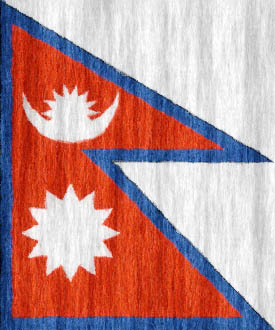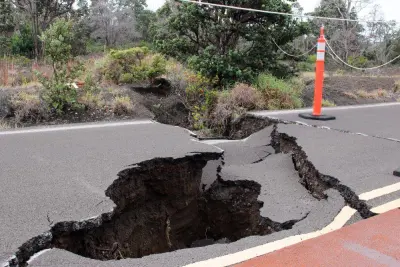By Pratibha Tuladhar/DPA
Kathmandu
The climbing season in Nepal encountered massive disaster for the second straight year, as 18 people died in an avalanche at Mount Everest Base Camp triggered by the April 25 earthquake.
Eighteen mountaineers also died on Everest in an avalanche in April last year, 16 of them Sherpa guides.
The twin disasters have cast doubt over the future of another season on the world’s highest mountain.
It is still unclear how the government will react. Officials are busy dealing with the larger disaster of the earthquake that caused more than 8,700 deaths nationwide.
After the 2014 avalanche, the government extended climbing permits for the next five years but, over a month since the disaster in April 2015, there was no word on the permits.
“I’m very unhappy about how the Nepal government handled the situation,” said Damien François, an author, climber and cultural
anthropologist from Belgium.
It was clear after the earthquake that the icefall could not be re-opened, but the government did not make a clear decision on it, even as the Chinese government extended permits for five years on the other side of Everest.
“They tried to put up a show so they don’t have to extend the permits,” Francois said. “Because that would mean that they lose out on money. The Brahmins in Kathmandu don’t care what happens up there in the mountains.”
Tension within the mountaineering fraternity has also been high as the tour operators push for the expeditions to happen, while many among the Sherpa community that form the backbone of climbing in Nepal
withdrew over safety concerns.
The government collects revenue for mountaineering permits, but the Sherpas are the load-bearers, carrying supplies and guiding climbers, laying out ropes and ladders on the mountains ahead of the climbing season.
“The government doesn’t understand that there need to be people in Base Camp to coordinate and organise. But the concerned people only collect the money - often into their own pockets,” Francois said.
“There has to be an end to only collecting money, collecting money, and if something like the avalanche happens, there is nobody we can turn to.”
The climbing scene has become increasingly commercialised, particularly on Everest, as the lure of mountain tourism grows.
“There are also a lot of people from Malaysia, Indonesia and other South-east Asian countries wanting to climb Everest. They don’t know the mountains and don’t want to learn about the mountains either. They sit in their tents with their ipods,” Francois said.
“For them, the pictures of themselves in the snow are the most important thing. That’s totally different from the European mountaineering
tradition.”
For the professional Nepali climbers, pleasing clients is a top priority.
“Nowadays, there are very few traditional climbers. Now people take selfies because everyone has the gadget to do it,” expedition operator Temba Tsheri Sherpa said.
“I’m an organizer so it’s my job to give the best service. It’s competitive, too. Some companies charge more and some less. Lower prices could mean the climbing Sherpas are less skilled. And if there is a natural disaster, you can’t do anything to prevent it. But experience might still help you act better.”
Sherpa said expedition operators compete to provide the best tents, food, 24-hour wi-fi, battery chargers and gas heaters, along with oxygen and other heavy climbing gear. In the meantime, some Nepali porters are paid a pittance
“But they would still go just so that they can get an experience at climbing and can get a job later,” Sherpa said.
Porters must go up and down Everest several times, as they prepare the ladders and ropes on the mountain for clients, each lugging food and oxygen and tents each time they so do.
“Because the new hordes of climbers from Asia are willing to pay a lot of money to climb Everest, the mountain has a big future,” said Francois.
But Nepali expedition operators are also now more concerned about safety in the wake of the twin disasters.
“We can’t say what will happen after the monsoon, as the earthquake has caused cracks that could lead to landslides,” said Jivan Ghimire of Nepal Tour Operators
Association.



